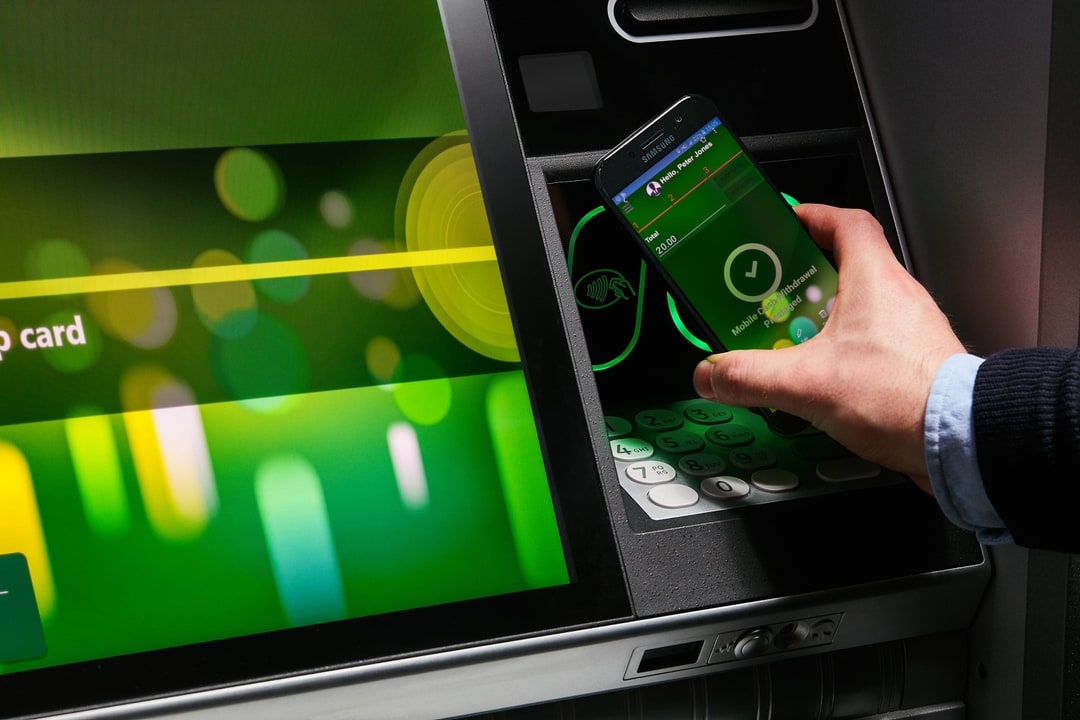Virtualization at the
retail edge
Published September 10, 2021
by Hakan Aysan
Virtualization – a solution for all environments?
Virtualization technology is not new – it has been a mainstream IT capability for about two decades, since the early 2000s. So much so that, for most workloads — whether development, QA, or production — it is often the default choice for companies of all sizes across multiple industries.
The benefits are widely known. Consolidation and enhanced server hardware asset utilization lead to lower purchase, setup, power consumption, and cooling costs. Increased flexibility and agility in terms of running multiple operating systems and applications. Restoring VM backups, reverting to VM snapshots, and achieving lower planned and unplanned downtime by clustering the servers hosting VMs. And let’s not forget the ability to migrate VMs to and from both public and private clouds.
This technology can now be considered mature. Earlier concerns around server hardware compatibility and validation by hardware vendors for hypervisors, stability, and performance overhead for VM workloads have all largely been addressed. So, why not use it everywhere, including at the retail edge, including convenience, fuel and retail customer stores and sites serving the public?
The simple answer is that virtualization technology was never really designed with a retail edge environment in mind. The focus has been on scaling up and out — bigger servers and more of them in a cluster, with hypervisors able to use all the RAM and CPU, running bigger VMs in a monitored datacentre environment. That also means redundant power supplies and cooling, UPS and generator backups. And highly redundant SAN for shared storage, 10Gig LAN network links, redundant fast WAN links, and a dedicated IT team using complex and sometimes expensive hypervisor management technologies to get even more out of such a setup in the areas of live migration, nested virtualization, and other advanced capabilities.
The retail environment, however, is often the exact opposite. Space and cooling capacity is limited, a UPS cannot be assumed, and power supplies are often erratic. WAN links are slow and regularly drop out. The environment is hostile — the physical security of the IT estate, often implicitly assumed in most IT setups, is weak. Power and network cables are prone to be disturbed. Therefore, virtualization at the retail edge requires a completely different approach than a data center or server room.
Why virtualize at the retail edge?
It’s worth considering first why virtualization is useful at the retail edge at all. After all, for many years, retailers have been running with physical POS terminals in the front of the store and sometimes several back-office servers. As usual, there are several reasons, though not all of them will apply to all retailers in equal measure.
Extending the useful life of on-site hardware assets, such as aging POS terminals in the store, is important. This can reduce CAPEX spend purchasing replacement hardware, as well as the operational cost of replacing POS terminals and reconnecting peripherals, and the reduced environmental impact of disposing of the old hardware by reusing it. We sometimes refer to this as breaking the dependency between the POS hardware and its software. It’s often the case that older POS hardware does not have the hardware specification to run newer versions of Windows and POS software flawlessly. Or its CPU may not be supported by Windows 10, for example. However, an approach where the physical POS terminal (and its attached peripherals) becomes a diskless thin-client connecting to a VM running on a server at the back of the store, rather than running the OS and POS application stack all locally, can achieve this separation, and extend the life of the current POS terminals.
Similarly, there are an ever-increasing number of applications that retailers need to run locally or in a hybrid configuration to remain competitive and to delight their customers. There is also the need to roll out security and feature updates. The large, distributed nature of connected sites often makes this challenging to achieve centrally. However, a retail-focused virtualised approach, in conjunction with a hybrid cloud capability, can take advantage of the standardisation that often exists between different customer stores to provide most of the benefits of virtualisation at the retail edge, and allow much greater flexibility in upgrading and patching workloads, and rolling out entirely new workloads, than is otherwise possible with a non-virtualised, physical setup.
Going one step further, with thin clients and virtualization, entirely new capabilities are possible. For example, a single touch screen can be configured for a store associate to securely access two or more entirely different applications through a gesture, saving the need for additional hardware in the front of the store.
Operational issues and time to return to service (RTS) are also keen concerns for retailers, especially if they necessitate a truck roll to the site. Virtualisation supports this in several ways. The POS terminals located in the most hostile environment at the customer-facing front of the store can become diskless thin clients, so replacing failed POS hardware is a quick and simple plug-and-play hardware swap-out activity. There is no need for software imaging or reconfiguration. The managed combination of network-booting, diskless POS thin terminals, secure and seamless handling of their attached physical peripherals (scanners, pin pads, receipt printers), and a virtualized VM counterpart is a retail-specific architecture that can provide significant benefits in CFR environments.
Virtualisation also provides resilience and redundancy for store operations. Virtualisation of workloads facilitates running key store workloads (both POS and back-office workloads) in the slightly less hostile and more secure physical environment at the back of the store. Servers running the VMs can have redundant disks, and indeed if required, can even be deployed in a cluster. This means that failure of an individual hardware component, or even of an entire physical server, will not have any operational impact on the store or its ability to continue to transact. Other virtualisation capabilities such as golden images and automated VM snapshots, can also provide much quicker restoration of service in relation to file system corruption, failed updates and application-level issues.
Retailers need to focus on their operations, not supporting, securing, and maintaining on-site IT infrastructure. Adoption of virtualisation at the retail edge is something that has lagged behind virtualisation in other settings, and a successful deployment needs a different, retail-specific approach. However, it has significant benefits in CFR environments, both in terms of cost reduction, resilience of store operations and greater agility in upgrading and rolling out the new workloads key to efficient store operations and a great in-store customer experience.
Running the store today — and tomorrow
Beyond the technical capabilities and advantages of retail-specific virtualization in the form of SDS, the introduction of SDS into a customer’s retail environment is a unique opportunity. An SDS deployment project often involves several NCR PS teams (SDS, RPOS and so on) examining a customer’s store environment, technology and operational processes in considerable detail. That includes everything from the amount of space and cooling provision in the back-of-the-store environment, the customer’s RTS and support process, and how they build their software images.
This is also often the opportunity for a deeper, ongoing PS engagement with the customer, contributing to our 80/60/20 goals and run-the-store initiatives. At the technical level, the introduction of SDS into the core of a customer’s on-site network, and our greater understanding of their environment and processes, also means we can leverage that technology stack and knowledge to work with the customer to troubleshoot and optimize issues with third party software providers. For instance, we used a network protocol analyzer running on a VM on SDS to investigate issues one of our customers was having with their pin pads. As a result of that analysis, they were able to raise an issue with their supplier and resolve a bug in their software layer that communicated with the pin pad.
Beyond virtualization
In IT, things rarely stay still for long, and the pace of change is always accelerating. We are already looking at newer technologies, such as containerization, to take the benefits of virtualization at the retail edge even further. This could result in a more efficient means of delivering current and future integration with NCR’s other next-generation store applications and architectures, such as Emerald.



